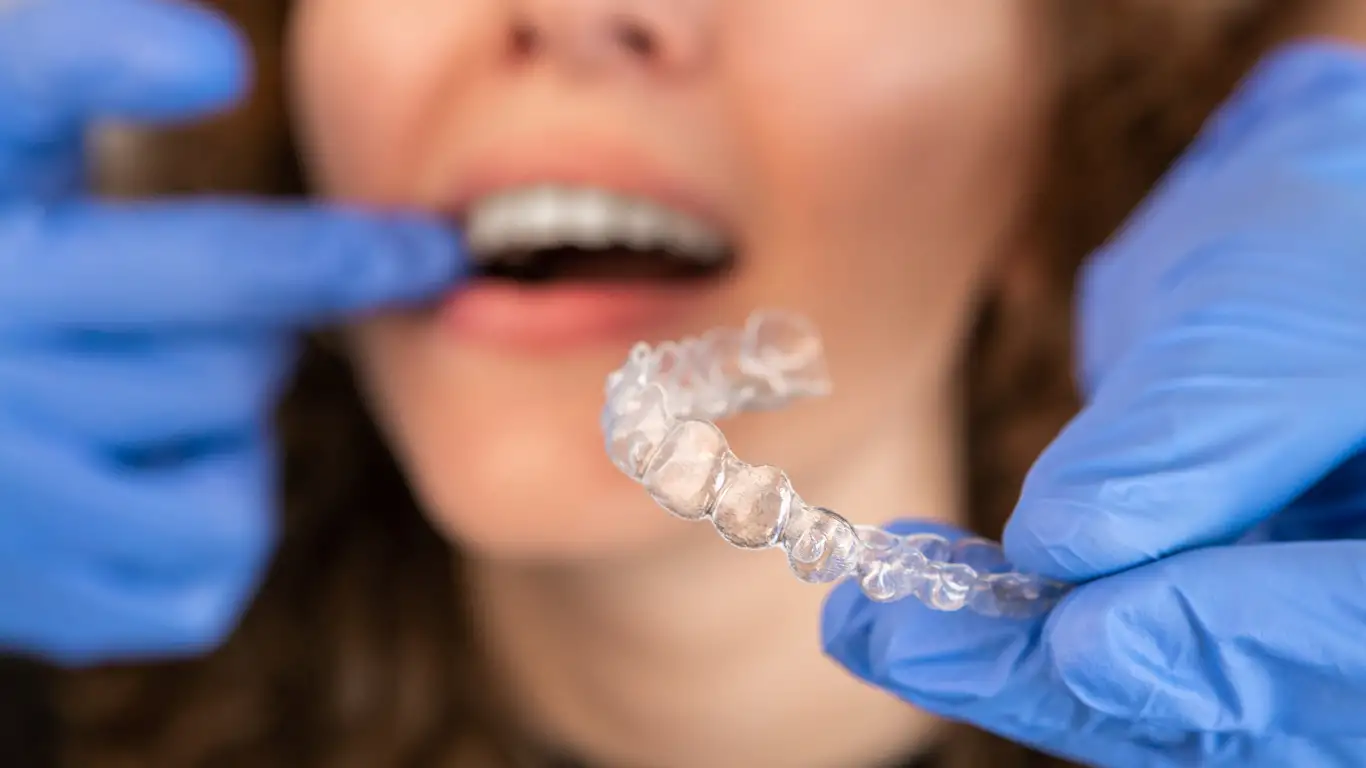A Complete Guide to Picking the Best Braces for Kids, Teens, and Adults
Braces and dental splints are essential tools in orthodontics, helping to correct misaligned teeth and jaws for people of all ages. Choosing the right type of braces or dental appliance can be a daunting task, given the variety of options available today. This comprehensive guide will help you understand the different types of braces and how to select the ideal option based on age, dental needs, and lifestyle factors.

What are the different types of braces available?
When it comes to orthodontic treatment, there are several types of braces to choose from:
-
Traditional metal braces: These are the most common and recognizable type of braces. They consist of metal brackets attached to the teeth and connected by wires.
-
Ceramic braces: Similar to metal braces in structure, but made with clear or tooth-colored materials for a more discreet appearance.
-
Lingual braces: Placed on the back of the teeth, making them virtually invisible from the front.
-
Clear aligners: Removable, transparent trays that gradually shift teeth into place.
-
Self-ligating braces: These use a specialized clip instead of elastic bands to hold the wire in place, potentially reducing adjustment appointments.
Each type has its own set of advantages and considerations, which we’ll explore further in this guide.
How do you choose the best braces for kids?
Selecting braces for children requires careful consideration of several factors:
-
Age and dental development: Some treatments may be more effective at certain stages of growth.
-
Severity of the orthodontic issue: More complex cases may require traditional braces for optimal results.
-
Compliance: Kids may struggle with removable options like clear aligners, making fixed braces a better choice.
-
Lifestyle and activities: Consider sports involvement and instrument playing when choosing braces.
-
Cost: Traditional metal braces are often the most affordable option for children.
For most kids, traditional metal braces or ceramic braces are popular choices due to their effectiveness and durability.
What are the best braces options for teenagers?
Teenagers have unique needs when it comes to orthodontic treatment:
-
Aesthetics: Many teens prefer less noticeable options like ceramic braces or clear aligners.
-
Treatment time: Some newer technologies may offer faster results, which can be appealing to teens.
-
Extracurricular activities: Consider options that won’t interfere with sports or music pursuits.
-
Oral hygiene habits: Teens who struggle with thorough brushing may benefit from removable aligners for easier cleaning.
-
Self-esteem: The impact of braces on a teen’s confidence should be taken into account.
Clear aligners like Invisalign Teen or ceramic braces are often popular among teenagers due to their less visible appearance.
Which braces are most suitable for adults?
Adult orthodontic patients have different priorities and considerations:
-
Professional appearance: Many adults prefer discreet options like lingual braces or clear aligners.
-
Treatment duration: Busy adults may opt for accelerated treatment options when available.
-
Comfort: Adults may be less tolerant of discomfort, making options like self-ligating braces appealing.
-
Existing dental work: Previous dental restorations may impact the choice of braces.
-
Cost and insurance coverage: Adults may have different financial considerations than younger patients.
Lingual braces and clear aligners are often favored by adult patients due to their near-invisible appearance in professional settings.
What factors should be considered when selecting braces?
When choosing braces, it’s crucial to consider various factors beyond just age:
-
Orthodontic needs: The complexity of the case will influence the most effective treatment options.
-
Lifestyle: Consider how different types of braces may impact daily activities and habits.
-
Maintenance requirements: Some braces require more frequent adjustments or careful cleaning.
-
Treatment duration: Different types of braces may have varying treatment timelines.
-
Cost: Prices can vary significantly between different braces options.
It’s essential to consult with an orthodontist to determine the most suitable option based on individual needs and circumstances.
How do costs compare among different types of braces?
The cost of braces can vary widely depending on the type chosen and the complexity of the treatment. Here’s a general comparison of braces costs in the United States:
| Type of Braces | Average Cost Range | Key Features |
|---|---|---|
| Traditional Metal Braces | $3,000 - $7,000 | Most common, visible, often least expensive |
| Ceramic Braces | $4,000 - $8,000 | Less visible, may stain more easily |
| Lingual Braces | $8,000 - $10,000 | Hidden behind teeth, often most expensive |
| Clear Aligners (e.g., Invisalign) | $4,000 - $7,400 | Removable, nearly invisible, may require longer treatment |
| Self-Ligating Braces | $3,500 - $8,000 | May require fewer adjustments, potentially shorter treatment time |
Prices, rates, or cost estimates mentioned in this article are based on the latest available information but may change over time. Independent research is advised before making financial decisions.
When selecting braces, it’s crucial to balance cost considerations with effectiveness, comfort, and aesthetic preferences. Many orthodontists offer payment plans or financing options to help manage the cost of treatment. Additionally, dental insurance may cover a portion of orthodontic treatment, especially for patients under 18 years old.
In conclusion, choosing the right braces involves careful consideration of age, lifestyle, orthodontic needs, and budget. While this guide provides a comprehensive overview, the best approach is to consult with a qualified orthodontist who can assess individual needs and recommend the most suitable treatment option. With the wide range of braces available today, there’s a solution for every smile, regardless of age or orthodontic challenge.
This article is for informational purposes only and should not be considered medical advice. Please consult a qualified healthcare professional for personalized guidance and treatment.




